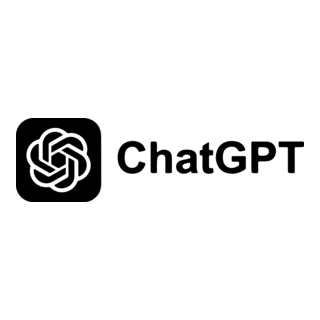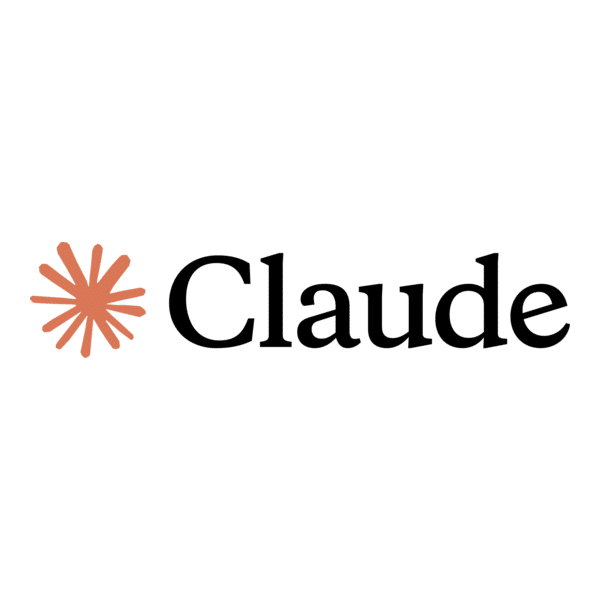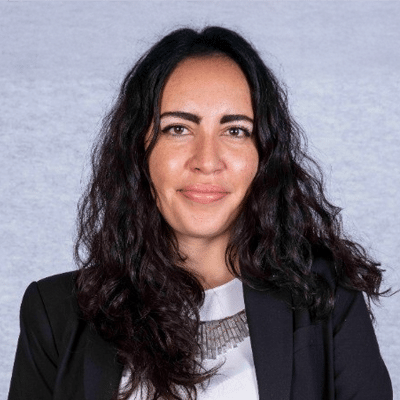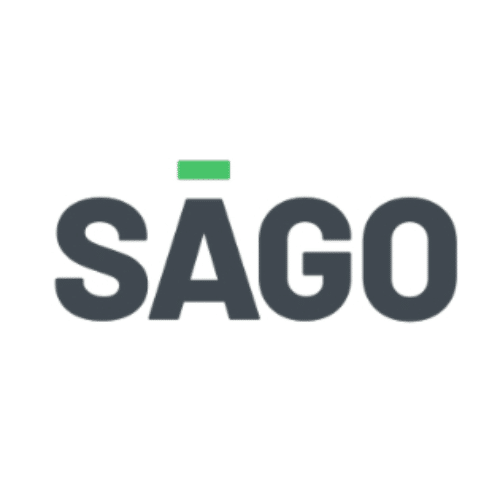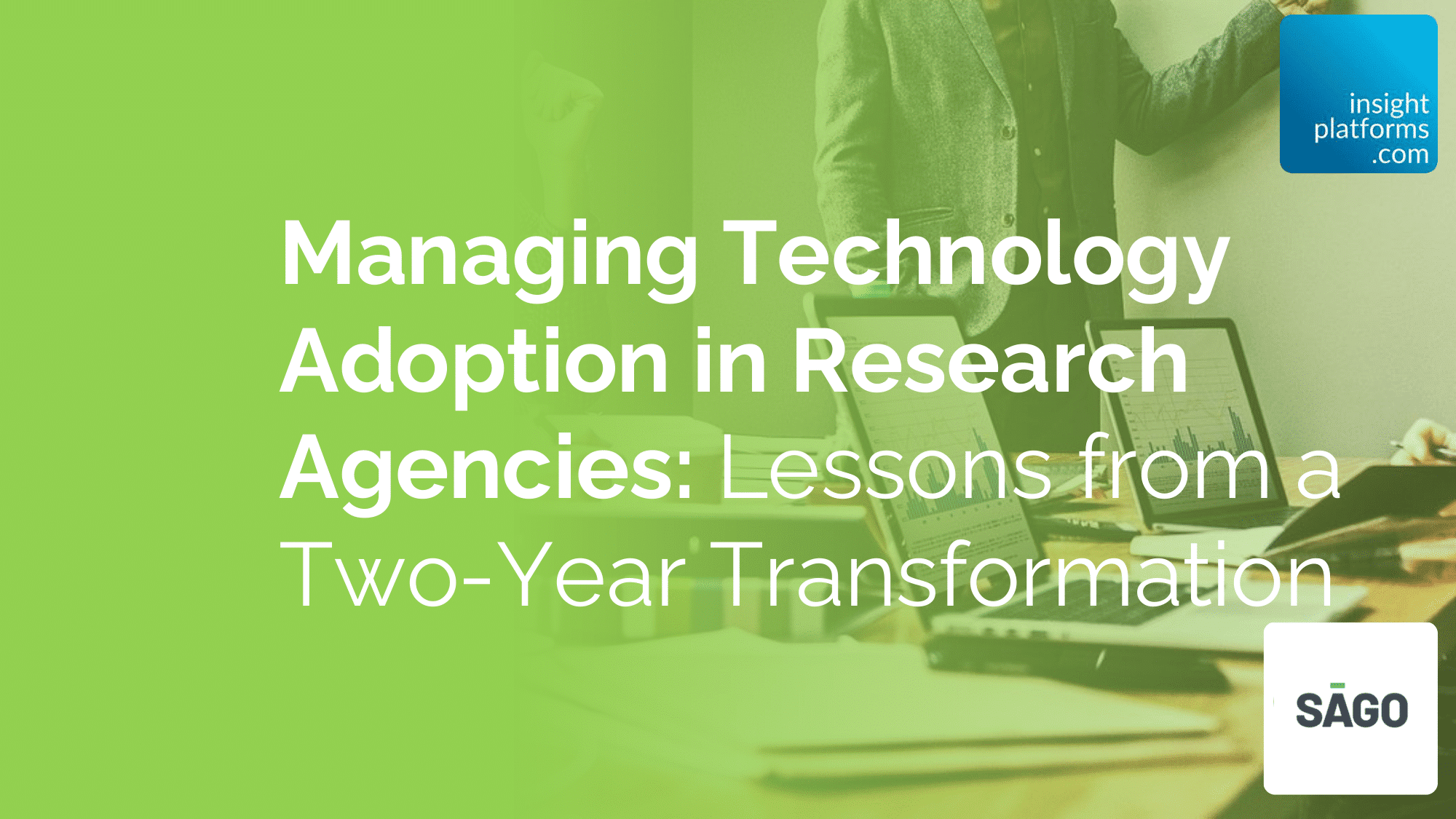
Managing Technology Adoption in Research Agencies: Lessons from a Two-Year Transformation
By Sago
- article
- Advertising Testing
- Agile Qualitative Research
- Agile Quantitative Research
- Survey Research
- Discussion Tools
- DIY Surveys
- Insight Communities
- Online Focus Groups and Forums
- Qualitative Research
- Survey Panel
- Participant Recruitment
When we at De La Riva Research Agency decided to consolidate our qualitative research operations onto a single integrated platform, the technical migration was the straightforward part.
Ana, who led the qualitative division through this transformation, frames the journey as a television series. “We already passed season one, and it was a little bit stumbling and a little bit painful”, she explains. Two years later, with 98% of projects running on the new platform, we have documented lessons that extend well beyond software implementation.
This article is based on the presentation “Unlocking Efficiency and Insight: The Qual Transformation Story”, presented by Sago at the Insights to Action Summit in October 2025. The full video replay is free to watch here:
Unlocking Efficiency and Insight: The Qual Transformation Story
The Three-Month Foundation Period
De La Riva started with comprehensive training from our technology provider, Sago. But Ana emphasises that the training session was just the starting point. “It was a very helpful session for us to understand how to fly the plane named QualBoard”, she notes.
We then entered a three-month testing and experimentation period. During this phase, our team evaluated whether the integration promise matched operational reality. We ran pilot projects, identified workflow adjustments, and verified that each major task in our qualitative value chain could function within the new system. This phase allowed the team to observe what worked in real workflows rather than relying solely on theoretical training.
Only after confirming end-to-end viability did we deploy the platform for all qualitative projects. This measured approach contrasts with the common implementation pattern of rushing to full adoption once contracts are signed.
The lesson: technology adoption requires validation time before full deployment. Teams need space to discover how new tools fit their specific workflows rather than assuming vendor demonstrations translate directly to operational reality.
Identifying and Empowering Ambassadors
Ana began the change management strategy by identifying team members who were naturally drawn to new technology. “I reached out to the people and the collaborators who were the most thrilled with technology”, she explains. “The people who are always updated on what’s new out there, and are always trying”.
These early adopters became ambassadors. Rather than mandating adoption from the top down, we created a small group who thoroughly understood the platform and could support colleagues through the transition.
Critically, Ana invested time in understanding each team member’s current work process. “You have to understand their current work process to understand where QualBoard can actually be embraced and have a meaningful impact”, she notes. “Because at the end of the day, if it doesn’t help you to make your work easier and faster, it’s not going to be delivering”.
This individualised approach acknowledges that technology adoption is not primarily a training problem. It is a workflow redesign problem that looks different for each role in the organisation.
The Client Adoption Challenge
Internal team adoption was only part of the transformation. We also needed to bring clients along, and their technology comfort levels varied significantly. Some clients integrated quickly, while others needed guidance – both responses were expected and valid in the transition.
Some clients immediately embraced the new platform. Ana recalls one client saying the interface was “an aeroplane” – Mexican slang for something impressively beyond the ordinary. Clients who preferred hands-on analysis particularly appreciated the ability to browse online community responses, filter information, and engage directly with research data during the fieldwork phase.
But other clients were more reserved about new technology. For this segment, we created a dedicated landing page that functioned as a manual, explaining the platform’s main features and benefits in accessible terms.
We customised our client engagement approach based on technology adoption profiles rather than forcing a single standard process. This flexibility prevented the platform consolidation from creating friction in client relationships.
Measuring Success Beyond Traditional Metrics
When asked about success metrics, Ana does not lead with time savings or cost reductions. Instead, she describes qualitative indicators that reveal deeper organisational change. “I get thrilled when I hear a client texting or saying ‘oh my God this is awesome’ when they are inside QualBoard, enjoying all the features. That for me is the biggest KPI”, she explains.
Team sentiment proved equally important. When team members say they cannot imagine working without the platform, that signals genuine workflow integration rather than grudging compliance.
Perhaps most telling: new researchers joining the agency cannot understand how the team functioned before consolidation. “They asked me the other day, ‘how did you manage to live without it?’ And I was like, this started just two years ago, we did things differently, but they now cannot picture our world without it”. This reflects a shift from the platform being perceived as a tool to becoming part of the team’s working identity.
This generational shift indicates that the platform has become embedded in our operational identity rather than remaining an external tool imposed on existing workflows.
The Partnership Model
Natalie Ogando, who supported De La Riva‘s implementation from the technology provider side, emphasises that successful adoption requires more than product training. “You need to have that human interaction. It’s not just plug and play”, she notes.
During the intensive first phase, we, at De La Riva and the QualBoard team, met weekly. As the implementation stabilised, we shifted to monthly check-ins that continue to this day, two years later. These sessions address ongoing challenges, discuss new features, and ensure the platform evolves with the agency’s changing needs.
“We truly got to know what De La Riva needed, what the struggles were, and what we needed to overcome”, Natalie explains. “We needed to integrate as a vendor and a customer, but most importantly as a partner”.
This partnership model stands in sharp contrast to typical software relationships, where post-sale support focuses on technical troubleshooting rather than collaborative workflow optimisation.
Advice for Agencies Considering Platform Consolidation
Both of us caution against pursuing technology for its own sake. “When you’re seeking technology, don’t go after the toy that shines the most”, Ana advises. “Some gadgets are pretty cool, but first check what your operational foundation is missing”.
The assessment should focus on operational bottlenecks rather than feature lists. Where are the actual constraints on speed and efficiency? What percentage of project time goes to coordinating between systems rather than conducting research?
Natalie adds that agencies should evaluate vendor support capabilities alongside platform features. “Having a platform that serves the needs a company has, but also having someone that can be there to support you, hear you, and deliver that”, she goes on to add, “I think that combination was the reason for its success, and of why we’re here today”.
The Ongoing Nature of Technology Adoption
Our transformation at De La Riva was not complete after three months, six months, or even one year. We continue iterating on how we use the platform, recently scaling our Flash Foresight reporting product from 57% of projects to a target of 100%.
“As long as technology keeps evolving, the implementation phase is a cycle of continuous iteration”, Ana explains. This perspective reframes technology adoption from a discrete project with a clear endpoint to an ongoing organisational capability.
For research agencies facing pressure to adopt new technologies, particularly AI-powered analysis tools, our experience at De La Riva offers a counterpoint to vendor promises of effortless transformation. Real operational change requires time, partnership, customisation, and genuine attention to how technology affects human workflows. Adoption continues to develop as the organisation evolves.
The agencies that succeed will be those that treat technology adoption as an organisational change challenge rather than a software installation project.
This article is based on the presentation “Unlocking Efficiency and Insight: The Qual Transformation Story”, presented by Sago at the Insights to Action Summit in October 2025. The full video replay is free to watch here:

